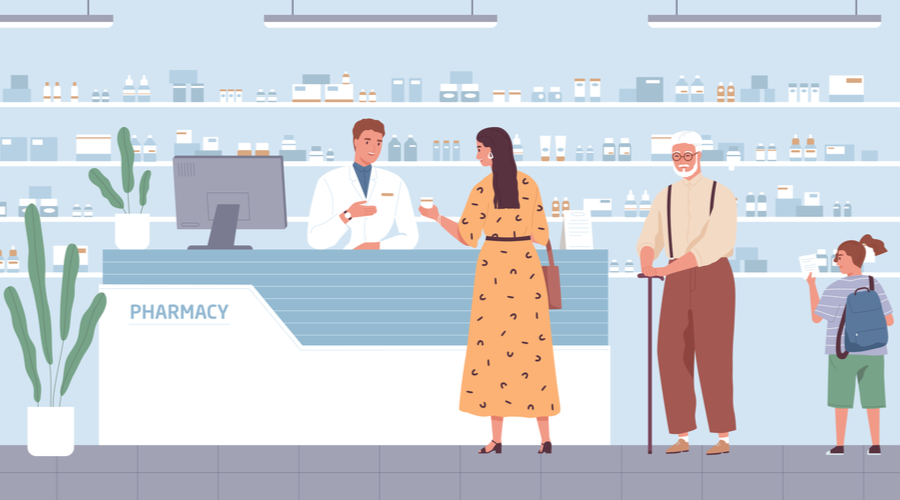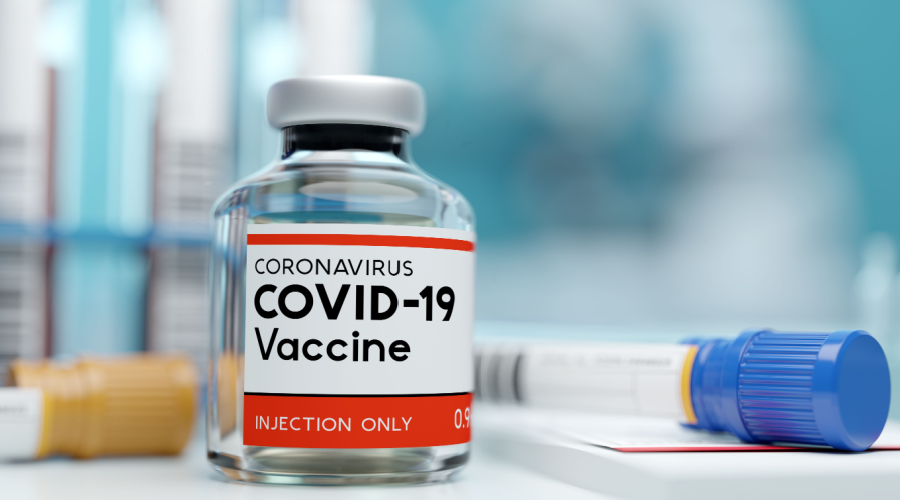New technology and a constantly expanding scope of practice are changing pharmacy’s role in maintaining patient health. But which services actually have the biggest positive impact on patients?
The management consulting firm McKinsey recently categorized pharmacy patients into two distinct archetypes, each with different priorities when it comes to pharmacy care:
- those who value convenience
- those with complex medical needs
Here are the ways that your pharmacy can meet the needs of patients from each archetype.
Convenience-oriented patients
Convenience-oriented patients want to get into the pharmacy, get their prescriptions, and get on with their day. This group includes young professionals, parents with small children, and active retirees, according to McKinsey.
To cater to this group, you’ll have to embrace new technology and add efficiencies to your pharmacy workflow. Here are a few ideas for how to help convenience-oriented patients get fast, modern service at the pharmacy.
Digital resources
On-the-go patients need digital solutions that speed up their pharmacy interactions.
A pharmacy app that allows them to refill prescriptions whenever works for their schedule — even if the pharmacy is closed — is a must.
Your pharmacy website should also be dressed to the nines with critical info about your pharmacy so answers to any questions patients are only a Google search away. Consider adding tools Google’s Pointy device to your point-of-sale so patients can have an idea of what’s in stock before they make a trip out to the pharmacy.
Minimal wait times
Nothing is worse for convenience-oriented patients than trying to make a quick trip to the pharmacy, only to be brought to a grinding halt because of a line.
Prioritize short wait times to keep these patients pleased. Investing in pharmacy robotics is one way to speed up your dispensing and free up staff to serve patients.
Work to make your workflow more efficient. This means having enough staff in the store during your busiest hours and keeping your inventory organized.
An automated pharmacy will call system like scripClip can reduce the amount of time pharmacy staff members spend digging around to find the right prescription.
When it comes to payment, have a POS that supports mobile and touchless payments to speed up time spent at the pharmacy counter.
Well-managed inventory
Having what patients need in stock should always be a priority, but convenience-oriented patients might switch to a competitor if you don’t have what they need.
Keep a tight grip on your inventory to ensure empty shelves don’t cause you to lose out on these patients. A perpetual inventory management system will allow you to keep track of what you have in the store at all times and automatically order merchandise when you hit a certain reorder point.
Pickup and delivery
Going inside the pharmacy may feel like too much inconvenience for some patients, which is why your pharmacy needs to have easily accessible curbside pickup or delivery.
Curbside and delivery don’t have to be limited to prescription drugs, either. You can bring your front-end to your patients by giving them an option to add popular OTC items to their prescription order.
Use signage in your pharmacy parking lot to let curbside pickup patients know what you have in store and showcase popular items online for those who use delivery.
This way, even when patients don’t come inside, they’ll still have an opportunity to browse.
Clinically complex patients
On the other end of the spectrum from convenience-oriented patients are those with complex chronic conditions.
These patients are often taking multiple medications to manage multiple conditions, and instead of speeding in and out of the pharmacy, they benefit from a pharmacy staff that will take their time and gets to know their needs.
In-home services
Patients with multiple chronic conditions may be less likely to get out of their house to receive pharmacy services, which means that pharmacies need to make an effort to meet them at home.
Like convenience-oriented patients, clinically complex patients will benefit from having medications delivered.
The Centers for Medicare and Medicaid Services don’t currently recognize pharmacy medical at-home services, which limits the kind of in-home care pharmacies can provide. However, pharmacies that offer long-term care services can provide select services in-home, including:
- Medication management
- Transitions of care
- Physician, family, and family engagement and education
- Nursing services, when working with other providers
Medication management help
When patients are taking multiple medications to manage multiple conditions, they need more assistance in staying adherent.
Offer medications synchronization so patients can pick up all their medications at the same time and encourage them to use compliance packaging that will make it easy to stay on top of taking medications.
Remember to be on the lookout for potential polypharmacy issues, which can crop up when patients are taking multiple medications. Pharmacists can perform a medication reconciliation to identify potential contraindications or therapy duplications.
Collaborative practice agreements
Patients with complex clinical needs benefit when pharmacists and physicians are on the same page. One of the best ways to accomplish that is by entering into a collaborative practice agreement.
Identify the prescribers with whom you share a lot of patients to discuss establishing a CPA. With a CPA in place, you’ll be able to work with physicians to provide additional pharmacy services, like:
- Authorizing refill extensions
- Substituting or discontinuing medication therapy
- Performing physical assessments
- Ordering and assessing laboratory tests
- Managing specific conditions
A CPA can help you improve outcomes for complex patients and control the cost of healthcare in the long term.
Managed care
Pharmacies should offer patients high-touch programs that educate them about the best way to manage their conditions.
Consider developing condition-specific health management services like a diabetes support program. Take a look at your demographics to determine which condition-specific programs are most needed by your community.
In addition to developing a collaborative practice agreement, you can also work with local physicians on a chronic care management program that helps patients with multiple chronic conditions develop a care plan that helps them stay healthy.
Clinically complex patients often need more guidance on their treatments than convenience-oriented patients, so be prepared to sit down with them to provide additional counseling.
A Member-Owned Company Serving Independent Pharmacies
PBA Health is dedicated to helping independent pharmacies reach their full potential on the buy-side of their business. Founded and owned by pharmacists, PBA Health serves independent pharmacies with group purchasing services, wholesaler contract negotiations, proprietary purchasing tools, and more.
An HDA member, PBA Health operates its own NABP-accredited secondary wholesaler with more than 6,000 SKUs, including brands, generics, narcotics CII-CV, cold-storage products, and over-the-counter (OTC) products — offering the lowest prices in the secondary market.












